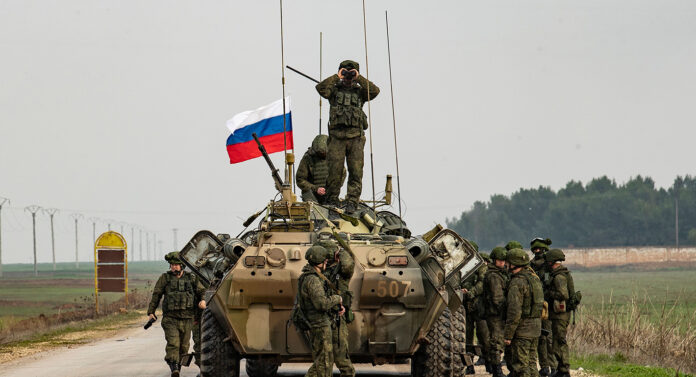Author: Robert Springborg, F.C. “Pink” Williams, and John Zavage
Affiliation: King’s College London, Not affiliated “Retired General”, Naval Post-Graduate School
Organization/Publisher: CARNEGIE Middle East Centre
Date/Place: February 2020/Beirut, Lebanon
Type: Working Paper
Number of Pages: 42 pages
Keywords: Security Assistance, U.S, Russia, Iran, MENA Region, Military-Military Relations.
Brief:
This paper presents the paradigm for security assistance in the MENA region and its effectiveness. It claims that US security assistance failed to realize its main goal, which is achieving its “objectives in the region at less cost than through a direct military intervention.” The authors question whether the regional conditions of instability, poor governance, and violence are accommodating other security assistance providers in the region —particularly Russia and Iran—as their approaches are matching with such conditions. To be clear, this does not mean that US security assistance is conclusively less effective than Russian and Iranian; rather, the Russian and Iranian goals are limited and concentrated compared to those of the US. The authors propose assessing the effectiveness of security assistance using a methodology of “a three-dimensional chessboard” based on the degree of “stateness” rooted in the respective security assistance strategy. In other words, the paper considers variant views of statehood as the significant difference between these three approaches. While Iran follows an anti-state approach, Russia sets itself in “a middle position on the chessboard” between state and non-state actors to create dependency relationships. In contrast, US strategy is totally performed on the state level seeking the enhancement of “statehood” concept. The authors then investigate the relative long-term effectiveness of each strategy. To do that, the authors examine the three competitor approaches by evaluating the “ends” of assistance, “ways” to provide it (including organizational type and nature of the relationship) and “means” deployed (in terms of commercial value, quantity and types of equipment). It concludes that the most effective approach of security assistance for the moment and in the foreseeable future is determined at “operational and strategic levels.” Operationally, Iran represents the most effective actor while Russia has shown decisiveness only with a direct control model such as in Syria, but not showing that degree of decisiveness in other situations with sub-state actors. However, the US is following a more defensive approach. Strategically, it was hard for Iran to maintain strategic gains in regard of control or influence on the state or public levels respectively. Russia displayed a “little sign” of capability to consolidate its relationship with Syria, but in other cases it has not been able to interpret it into a broad relationship. Although the US strategy has eroded its soft power in the region, it manages to maintain the state-based order in the region.
By: Yomna Solaiman, CIGA Research Assistant




